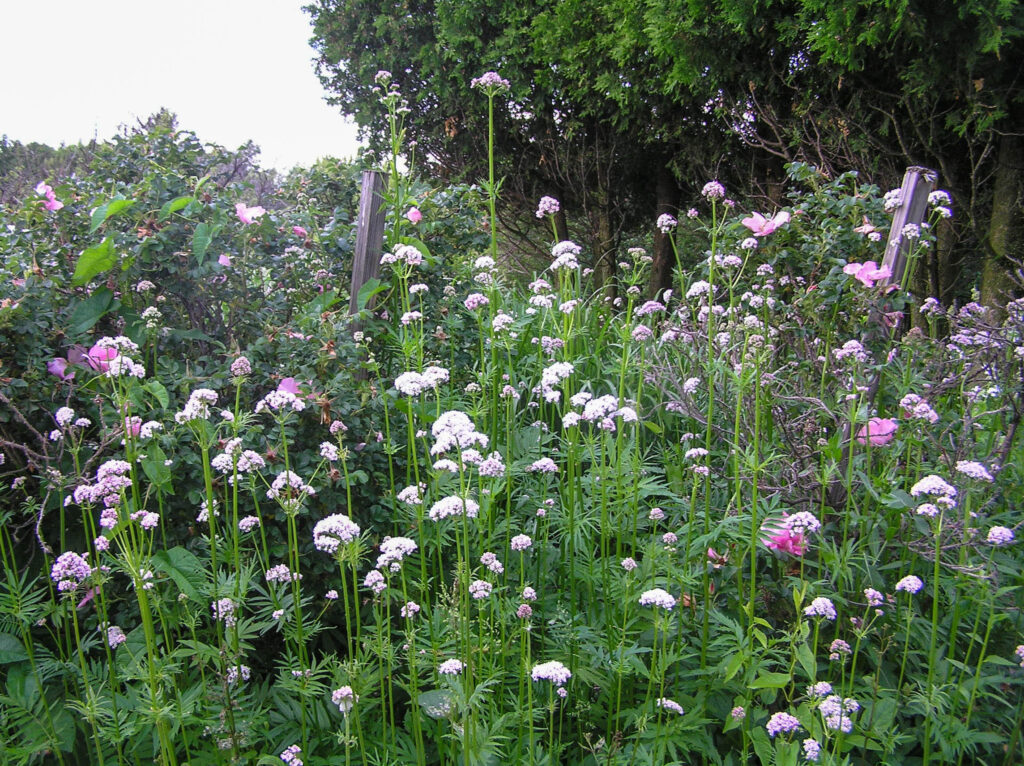
Introduction
Valerian root is one of the most popular herbal medicines. It is one of the few herbal remedies many of my patients have tried, even if they have rarely used herbal medicine. It is a plant I have used extensively since I began my herbal studies in the 1980s.
Valerian’s medicinal activity mainly affects the nervous system.
It is a plant I think deserves its popular place in herbal medicine for its medicinal uses and its ease in cultivation. There are also many research papers on Valerian that provide insights into its medicinal effects. While there are safety concerns (see Safety), it is reasonably safe for most individuals.
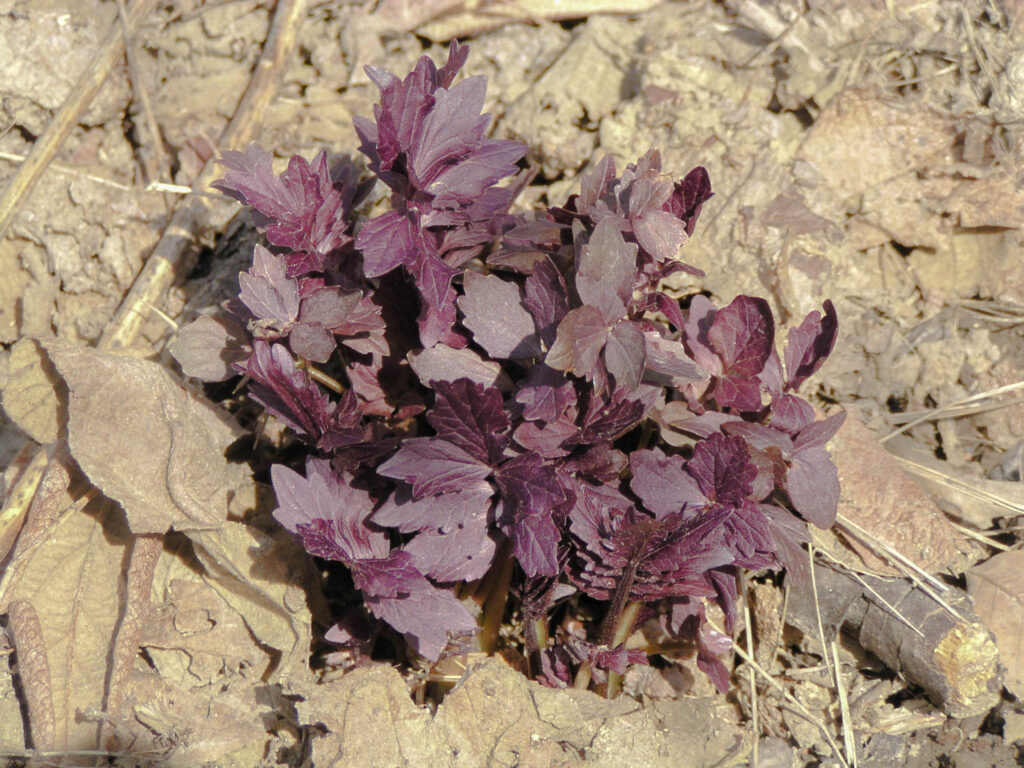
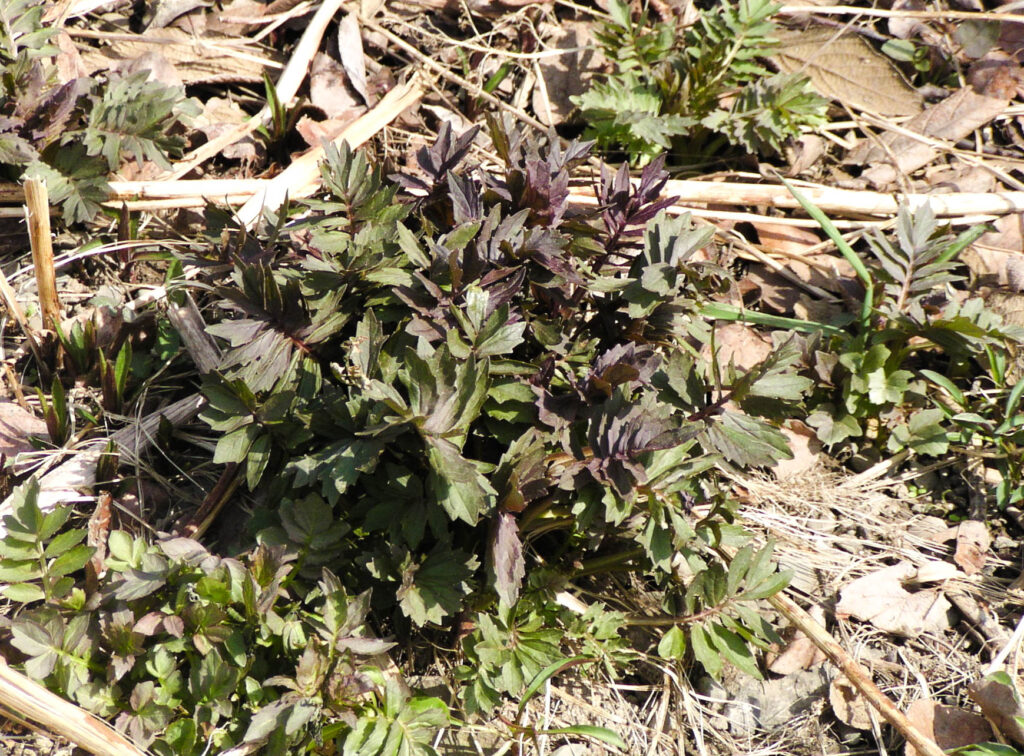
Botanical Information
Valeriana officinalis
Family: Caprifoliaceae (formerly in the Valerianaceae)
Valerian derives from the Latin Valeria (i.e., valorous) to be strong.
Officinalis is the name Linnaeus gave to plants that were currently popular as medicine or culinary.
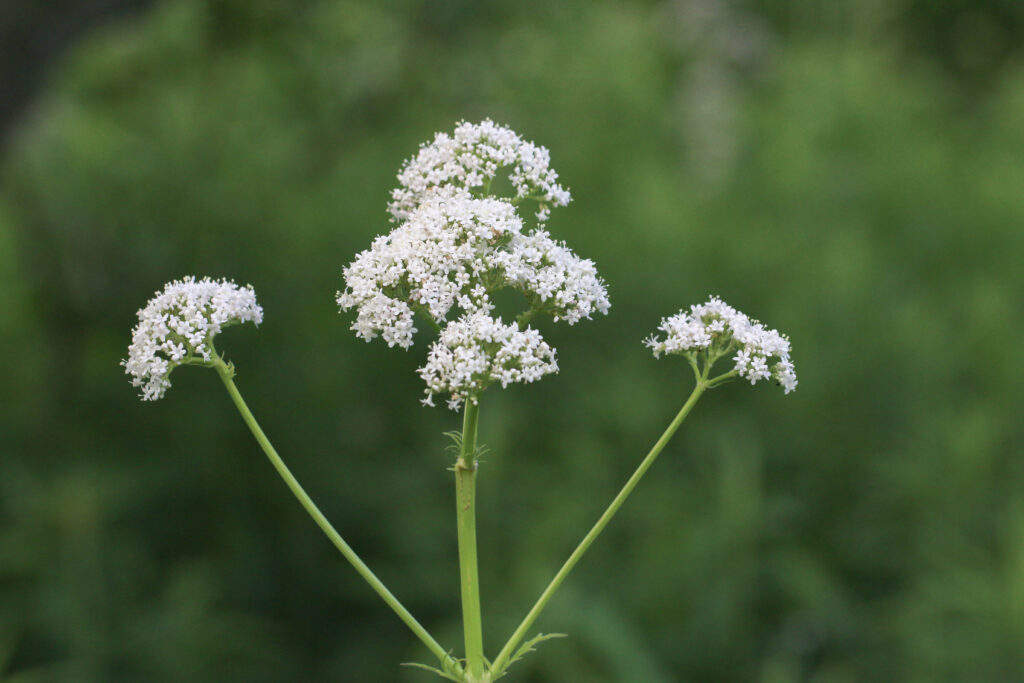
plants, they have a very symmetrical look.
There are numerous Valeriana species that grow in the US. I mainly see them from the Rocky Mountains westward.
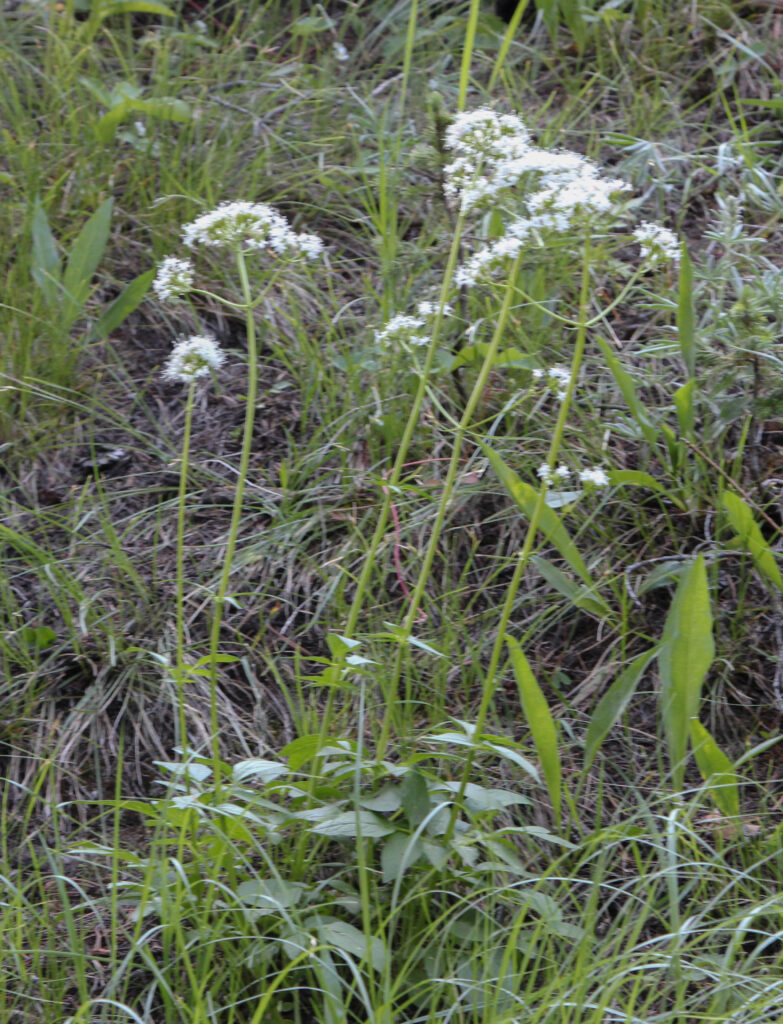
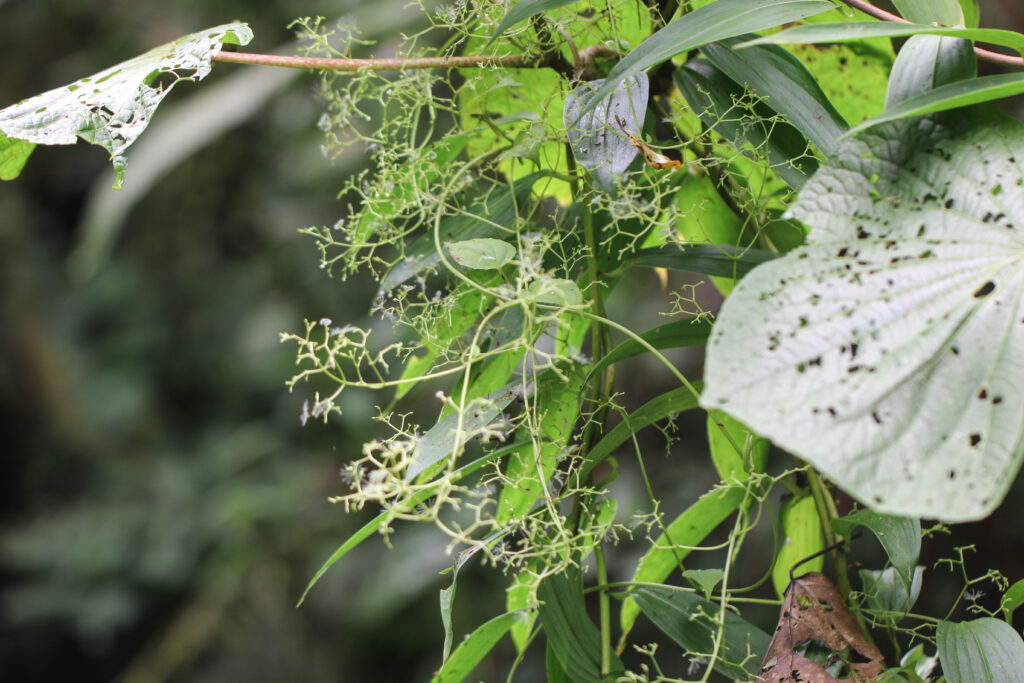

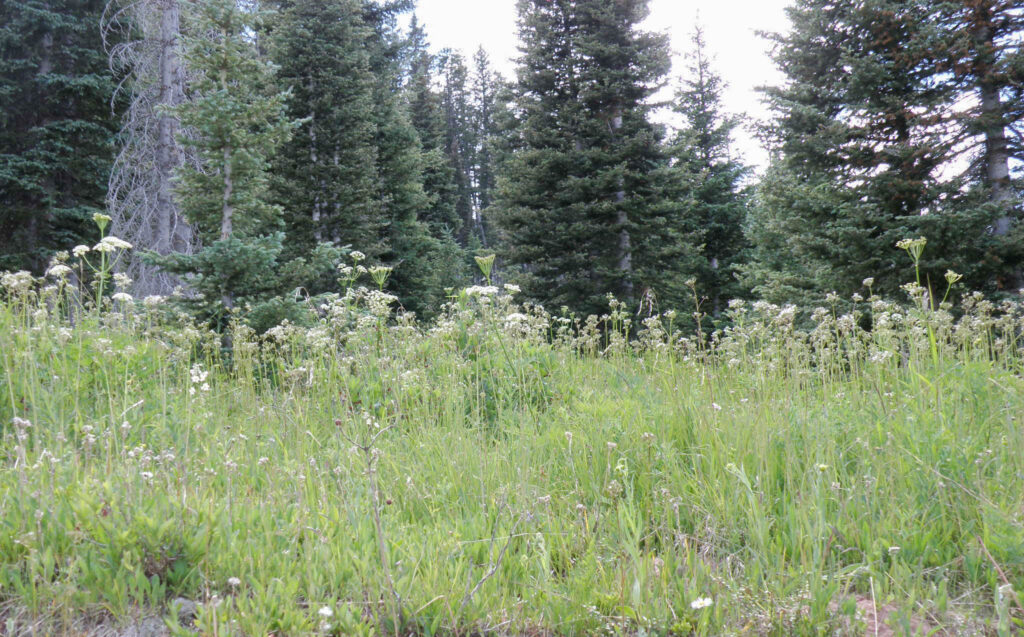

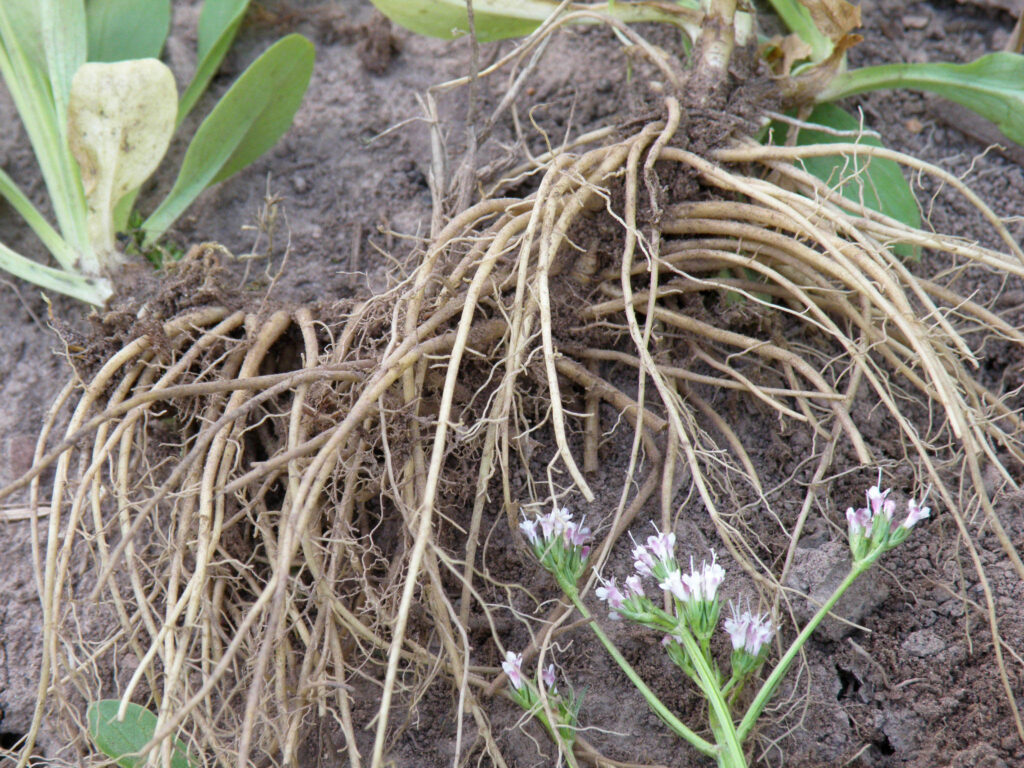
Tobacco root (Valeriana edulis) is the oddest of the bunch. This species is used very differently than the others, as it is the only species I know that is eaten as food. A quote from Meriwether Lewis: “The rind was white and thin. the body or consistence of the root was white mealy and easily reduced by pounding to a substance resembleing flour which thickens with boiling water something like flour and is agreeable flavored”. I’ve tried the root, which was very bitter, but I have not boiled it yet. Perhaps on my next trip to the Rockies.
The roots are larger than other species. I once gathered one whose shape reminded me of the Mandrake root in the movie ‘Pan’s Labyrinth.’ So far, it has not come to life.
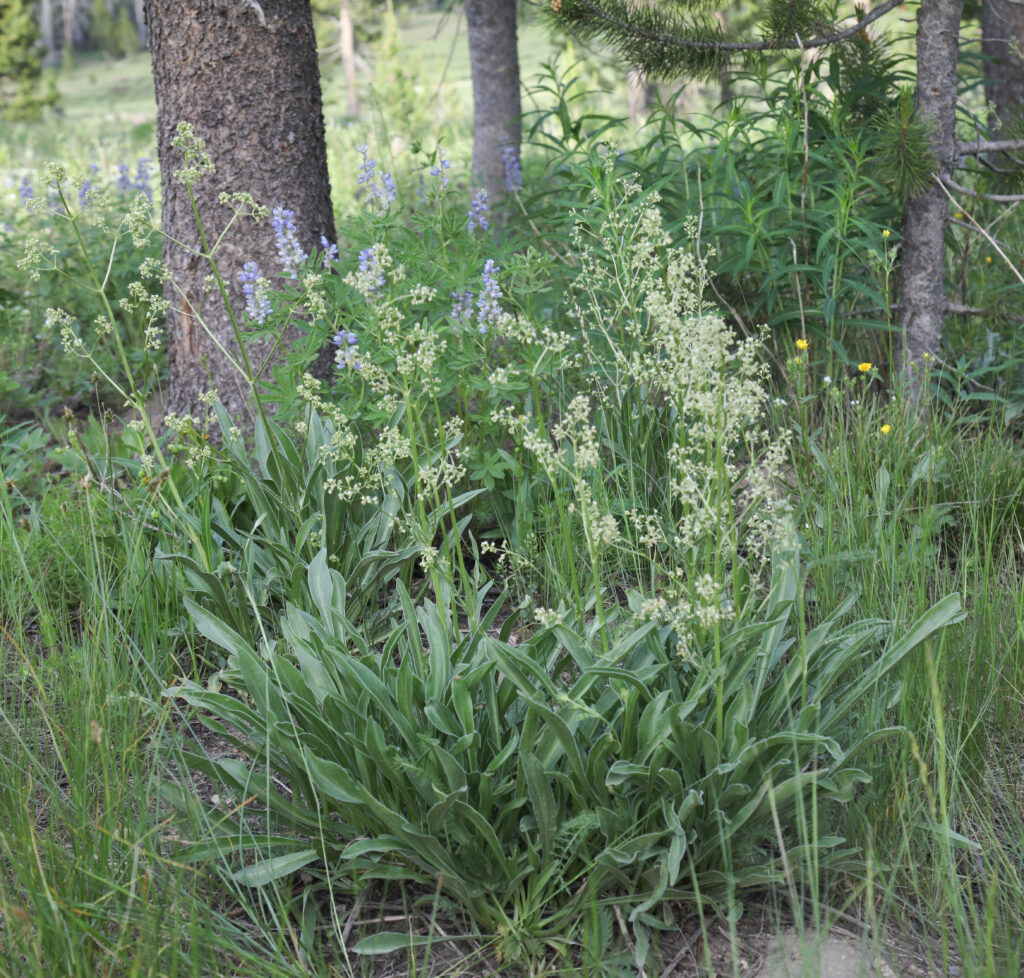
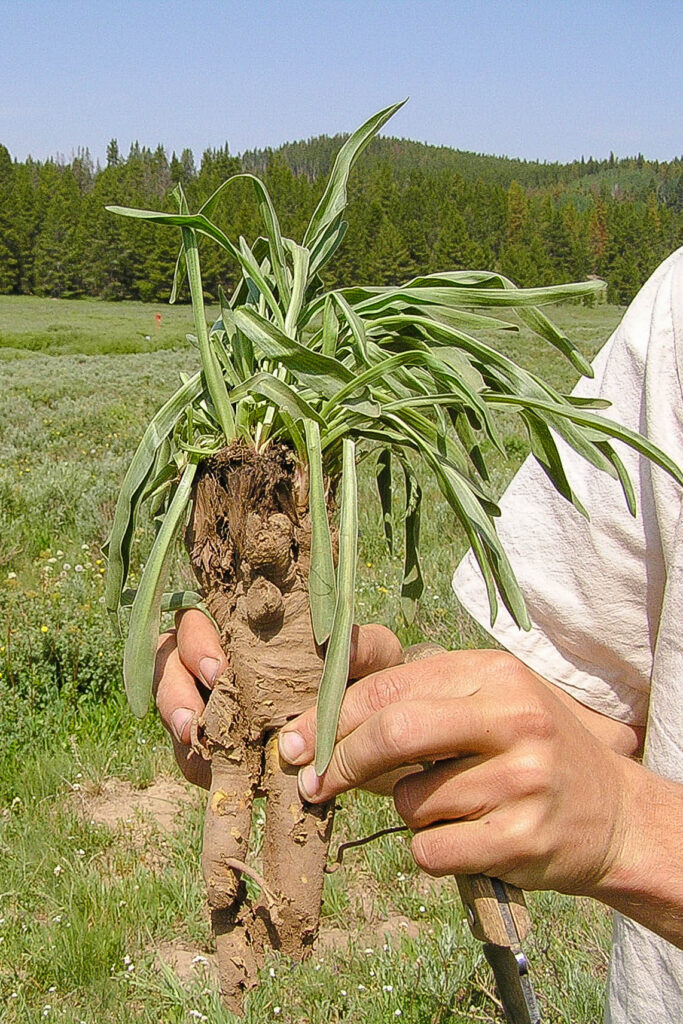
There are other plants that have the common name of Valerian, including Greek valerian (Polemonium reptans. Polemoniaceae).
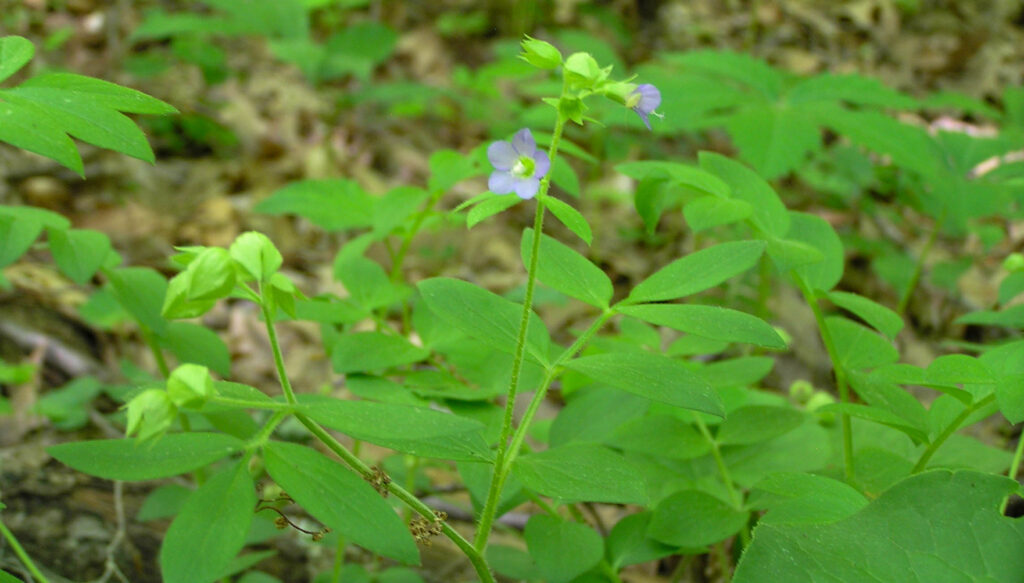
the leaf shape likely gave it this name as well as another common name, Jacob’s ladder.
Medicinal Notes
Valerian has a number of medicinal attributes, primarily relating to its effects on the nervous system. It is beneficial for sleep, pain, anxiety, and sedation. Please see the Safety section for concerns about Valerian usage.
Valerian contains multiple medicinal constituents that work synergistically, giving Valerian its medicinal properties. The plant acts as a gamma-aminobutyric acid (GABA) agonist. Benzodiazepines [i.e., Xanax] are an example of pharmaceutical GABA agonists. Valerian affects GABA differently than these medications.
GABA is the major inhibitory neurotransmitter, meaning that it slows down the firing of neurons. Valerian may decrease the breakdown or removal of GABA, giving it a longer period to bind to its receptor. Effects of increasing GABA activity in the body include mental relaxation, reducing anxiety, helping with sleep, and pain reduction. There may be other mechanisms at play that give Valerian its medicinal attributes besides its effects on GABA.
Side note: While there is no apparent connection, I have always thought it was etymologically interesting that Valium (a benzodiazepine) sounds similar to Valerian.
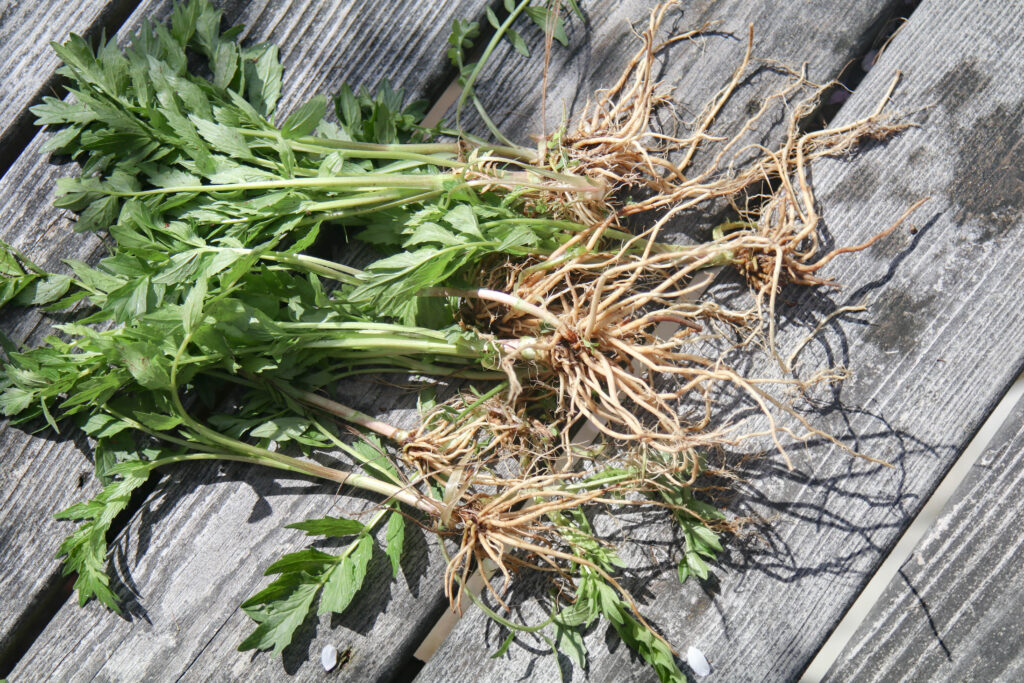
Valerian is one of the most reliable herbs for sleep. I have seen it help more folks than most other insomnia remedies. It does not work for everyone, and its effects can diminish over time as tolerance builds. There are two ways that it can be taken. One is right before sleep, and the other is after waking up during the night to get back to sleep. There is a lot of individual variability in how much to take at any time. This depends largely on one’s responsiveness to the Valerian as well as the intractability of their insomnia. It combines well with other sleep aids.
Valerian is also an anxiolytic and sedative. The difference between these two states depends on the dosage and individual tolerance. Taken throughout the day in small amounts, often in formula, it can have a gentle relaxing effect. Ingesting larger amounts can have a more sedative effect, making it more challenging to stay alert.
This sedative component is also what makes it beneficial for sleep, helping one relax and turning the mind dial down. This same aspect can help reduce pain.
Valerian, as a liniment or infused oil, can also be applied externally to treat pain from soft tissue injuries. It is used alongside antiinflammatory herbs such as Arnica. Valerian is used to reduce pain, not inflammation.
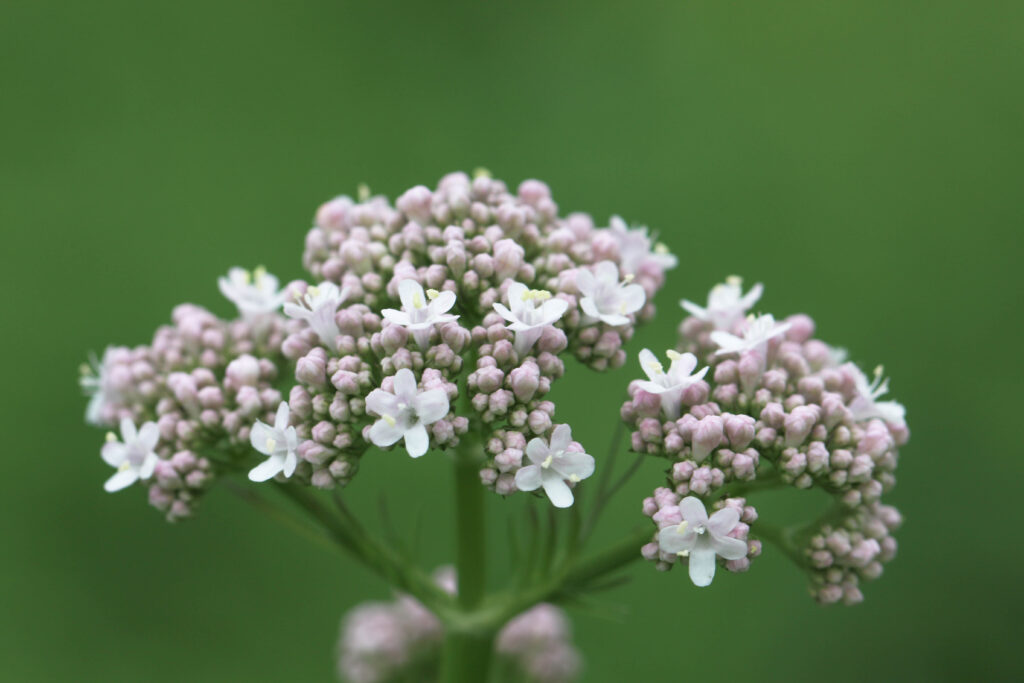
when they open.
Safety
Valerian has one common and clear clinically relevant safety issue; some people will have a negative paradoxical effect from taking it. Instead of reducing anxiety, it can create excitability and agitation. In my years of asking groups of people who have had this adverse effect, it seems that it is about 1 in 12, which makes it a pretty common response. To avoid this reaction with someone who has not tried it previously, they should initially try a small amount (perhaps 5-10 drops) in the afternoon or some time when agitation will not be as disturbing, as opposed to trying it right before sleep. I have not seen any common link among the people who respond negatively to Valerian.
It is helpful to let people know that these reactions are possible when suggesting Valerian, as this allows them to rule out a negative medicinal effect rather than a new health-related symptom.
While this is not really a safety component, some people cannot bear the smell or taste of Valerian.
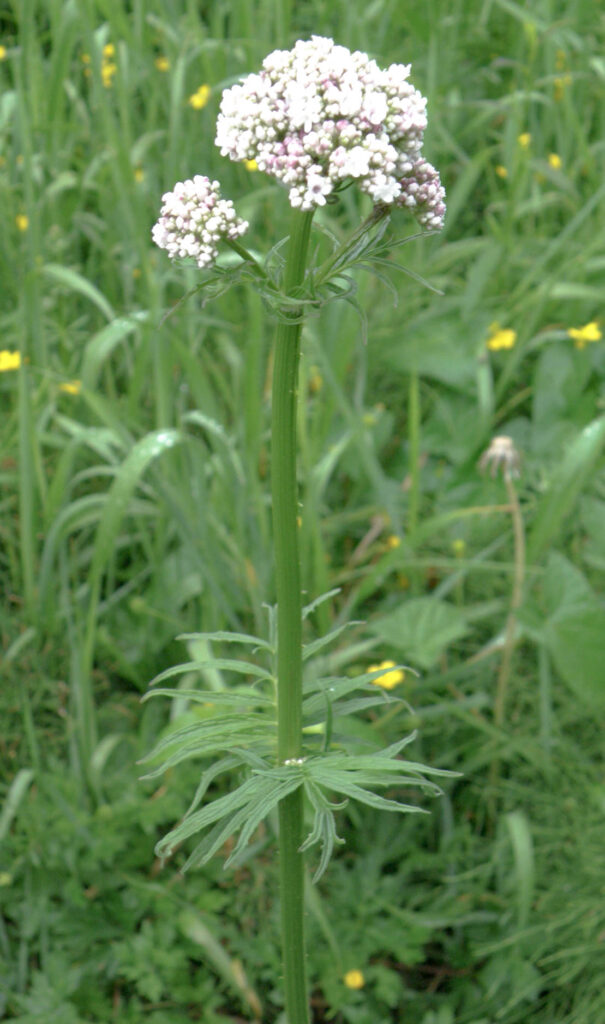
opposite along the stem.
Plant Notes
Valerian is a tall, stately plant. It is a herbaceous perennial with a few opposite, dissected leaves along its main stem. It has a compact inflorescence at the top of the stem and at the tips of the branches. The flowers turn from pink to white as they open and have a welcoming aroma. The flower structure is similar to the disc flowers of the Asteraceae. They have pappus, hairs on the tips of the fruit to help with wind dispersal. The red basal leaves emerge in early spring. Their red coloration, made from anthocyanins, helps protect them from the cold. The leaves turn green over time.
The smell of the Valerian roots is probably one of its most commonly recognized features. While it is often compared to old socks (who’s socks?), I think the smell is more unique than that. But it can be a deterring factor from people taking Valerian medicinally.
Along with its medicinal attributes, it makes a fine garden ornamental plant, and the flowers attract many insects, including a variety of butterflies.
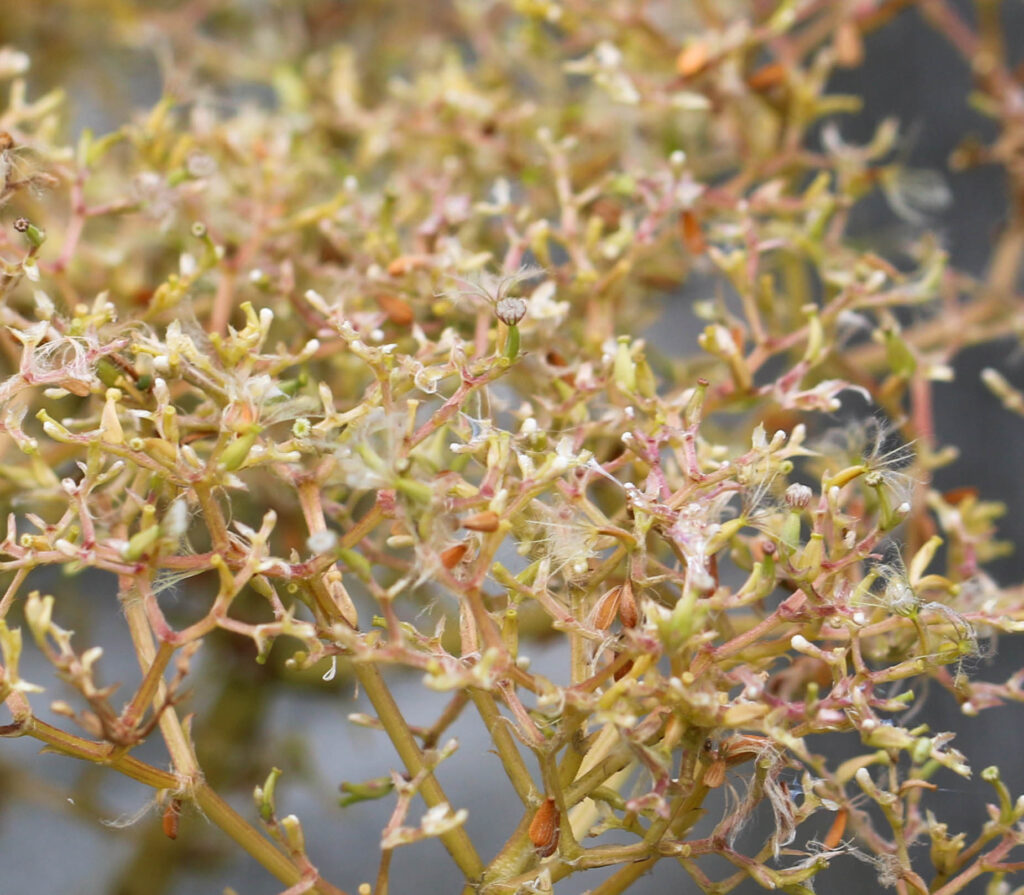
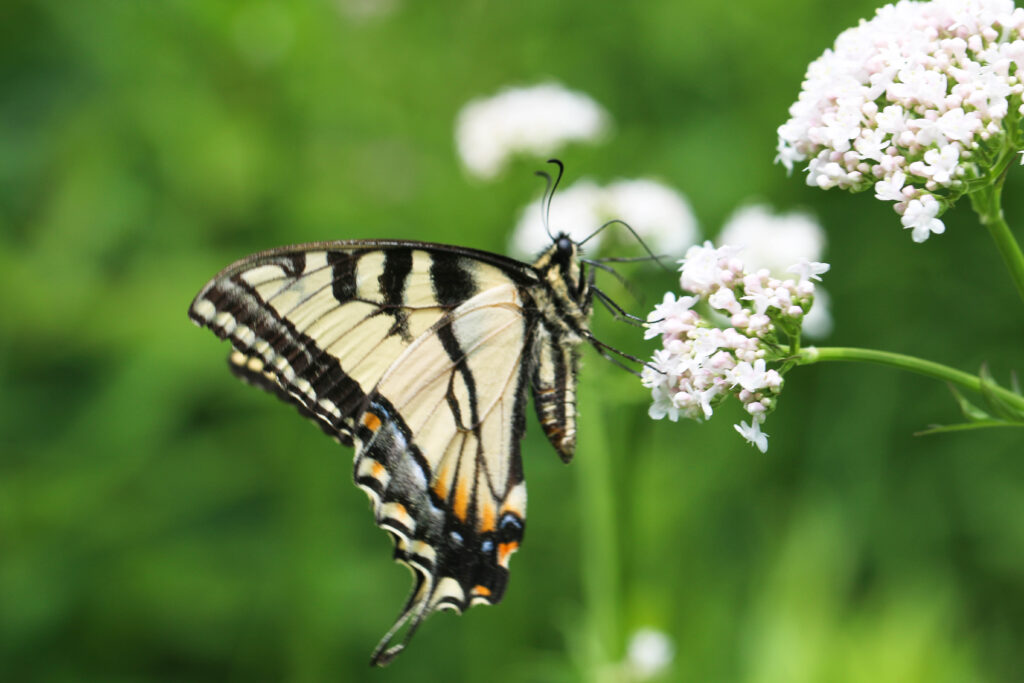
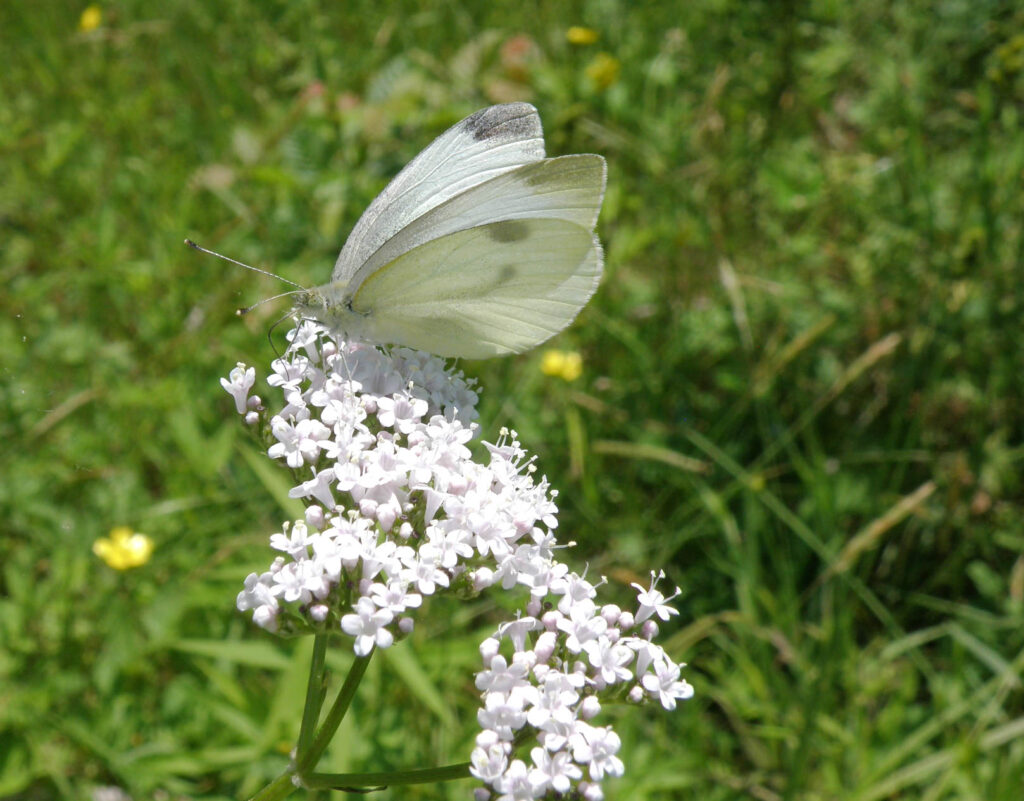
Dosage and Administration
There are three aspects that determine how much Valerian to take per dosage. The first is making sure an individual does not have an adverse reaction. If this occurs, try a different medicinal plant. See the Safety section.
Second is the individual response to Valerian. Some people will have a strong sedative reaction, and others will have a much more muted response. To wit, some people will need to take more, and others less.
The third has to do with its flavor and aroma. Some people cannot stand the taste and smell of this plant. This can sometimes be subdued by having it as part of a formula. But for some people, it will mean using a different plant.
For this reason, the below dosages cover a large span.
Tincture and Glycerite: ½ dropperful to 2 dropperfuls
Infused oil: This is usually prepared with other plants and can be applied as needed.
Liniment: Apply as needed.
Capsules:1-3 capsules taken 1-4 times daily. Note that the effect takes longer to emerge than with the tincture or glycerite.
Tea: Drink as often as needed (or tolerated).
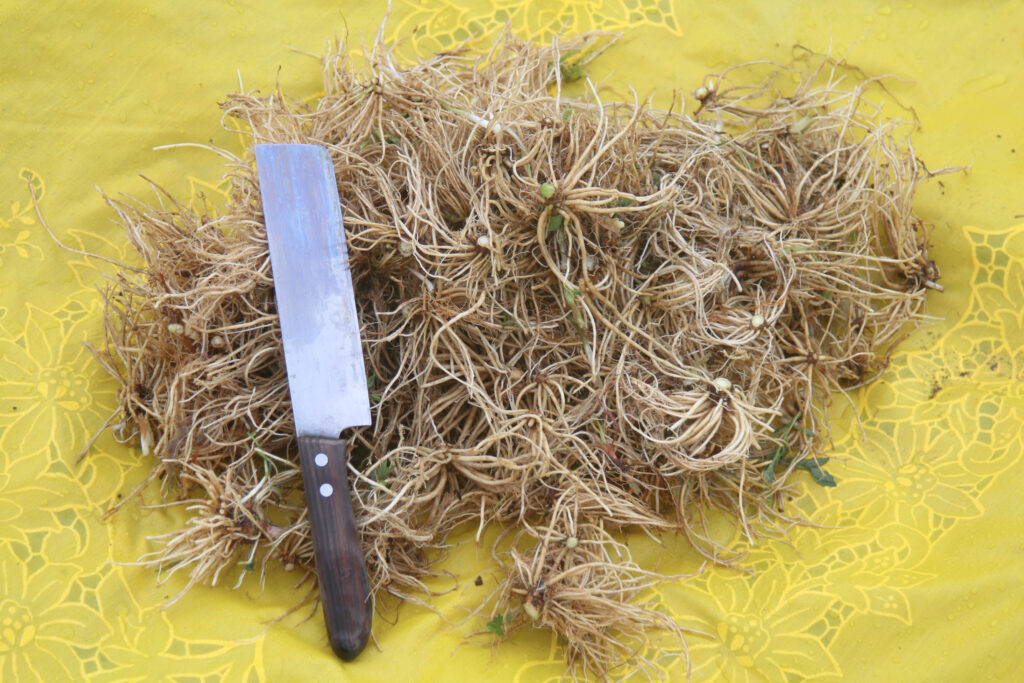
that are ready to be processed.
Medicine Preparation Notes
Fresh Valerian root makes a more potent preparation than after it is dried. The aromatics of the fresh root are better preserved when it is in liquid form, such as tincture or glycerite, as opposed to a capsule. This plant is miscible in most liquids, including ethanol, glycerin, vinegar, honey, and other menstruums. Valerian is easily chopped up, though I use a blender to prepare the liquid preparations. I do not dry and store the roots.
Tincture: Fresh root prepared in a blender at 1:2 in 95% ethanol.
Glycerite: Fresh root prepared in a blender at 1:2 in vegetable glycerin and put into a hot water bath for 1.5 hours.
Infused oil: The fresh root should be wilted to about 70% so the water content does not increase the likelihood of the oil going rancid. Cover with extra virgin olive oil with at least 3 inches of the oil over the top of the roots. Put in a hot water bath for a few hours, making sure the oil does not get too hot.
Liniment: Fresh root prepared in a blender at 1:2 in 99% isopropyl alcohol.
Tea: Pour boiling water over a tablespoon of dry root and cover to let the aromatics seep into the water.
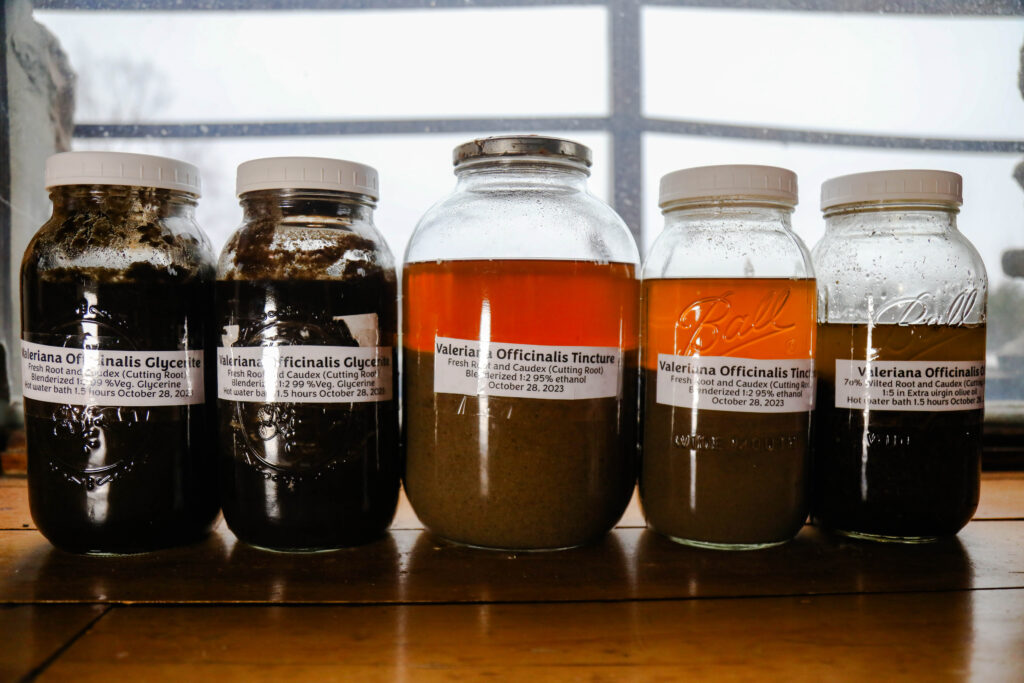
Plant Gathering, Growing & Processing
This plant is easily cultivated. I asked my friends Andrea and Matthias of Healing Spirits Herb Farm how they cultivate it. “We find it is very easy to grow; we are zone 4 to 5 and never have any trouble. We grow ours in full sun. It really likes moist, rich soil. We have been growing it on raised beds the last few years, and that is working very well, and makes harvesting easier. We start the seeds in the greenhouse about 10 weeks before they are ready to be planted out in rows. It takes 10-21 days to germinate. Another way is in the spring, we transplant seedlings from native populations on the farm out into our raised beds. We harvest in the fall of the first year or the spring of the second year. It is extremely cold hardy.”
Be cautious gathering the roots in culverts or any other place where the plant might bioaccumulate toxins. It is usually not difficult to dig the roots. However, roots growing in the wild are usually small. Once dug, they can take a long time to clean, as dirt will stick in the root crown and between all the rootlets. I usually soak them for an hour in a 5 gallon bucket and swirl the roots around in the bucket, using my hand like an agitator in a washing machine. They may also need to be divided to remove the dirt. A hose with a high-pressure nozzle is also helpful. Once washed, they are easy to cut up, as the roots are very soft. I suggest preparing the medicines soon after washing and chopping them to maintain their freshness and aroma.
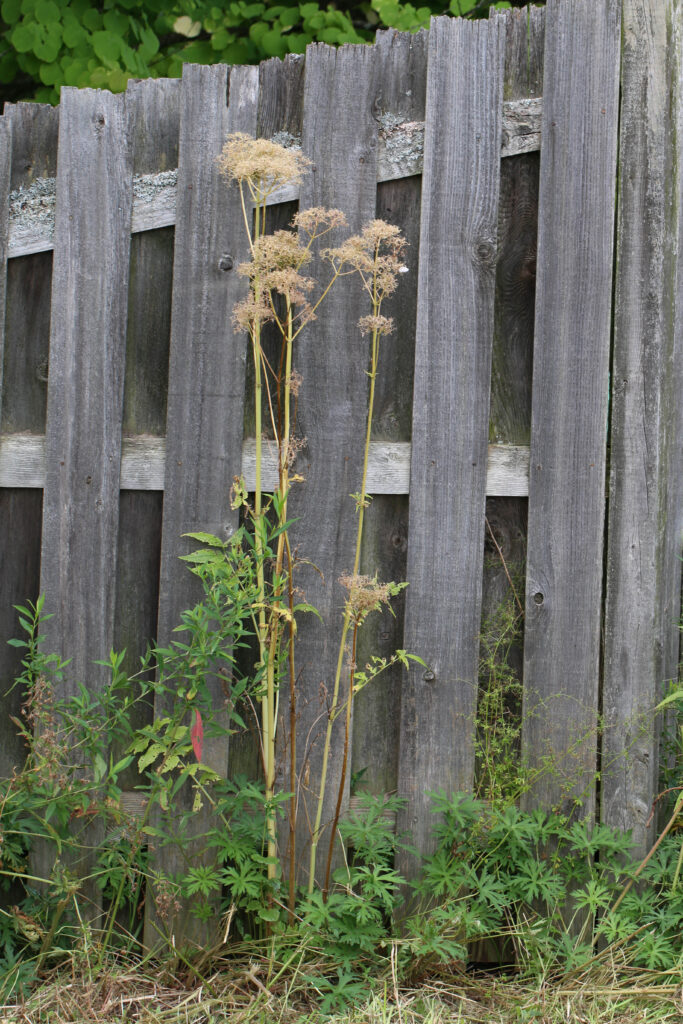
Stories
For four years, I went to Nicaragua to work at the Natural Doctor’s International (NDI) clinic for 9 days at a time. Valerian was a commonly used medicinal plant at the clinic. At one point, I looked at the label and saw that the plant called Valerian was the roots of Vetiver grass (Chrysopogon zizanioides, Poaceae). This is an entirely different ‘Valerian,’ though it was used similarly as a sedative, pain reliever, and sleep aid. Dr. Tania Neubauer told me that people have a similar paradoxical effect from Vetiver as they do with Valerian. I wonder if these plants share some similar chemistry.
Another Nicaragua story. The first time I visited, I was working with Dr. Tabatha Parker (the founder of NDI) at the local clinic, and the first patient we saw was a very elderly man named Valeriano. This is the only time I have heard Valeriano as a name (though I did watch the movie, ‘Valerian.’ Don’t ask.) He said he was 105 years old.
My kitty, Pedro (who died at 24 years old), was very fond of Valerian root and would chew and nose around the recently gathered roots.
